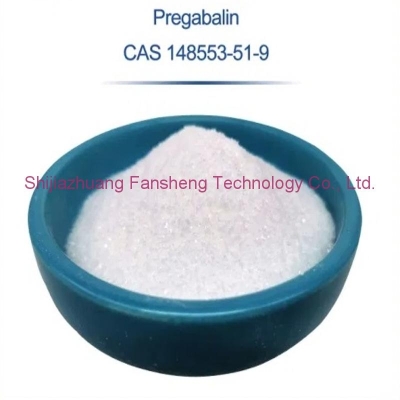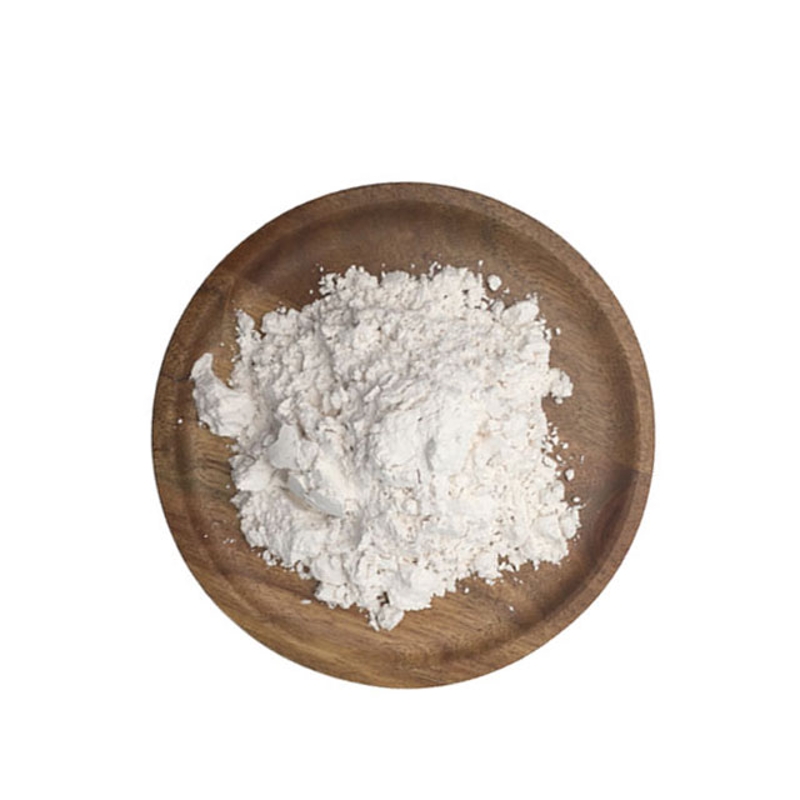-
Categories
-
Pharmaceutical Intermediates
-
Active Pharmaceutical Ingredients
-
Food Additives
- Industrial Coatings
- Agrochemicals
- Dyes and Pigments
- Surfactant
- Flavors and Fragrances
- Chemical Reagents
- Catalyst and Auxiliary
- Natural Products
- Inorganic Chemistry
-
Organic Chemistry
-
Biochemical Engineering
- Analytical Chemistry
- Cosmetic Ingredient
-
Pharmaceutical Intermediates
Promotion
ECHEMI Mall
Wholesale
Weekly Price
Exhibition
News
-
Trade Service
According to reports, the fatality rate of aneurysmal subarachnoid hemorrhage (SAH) is about 35%, which is still high among the elderly
.
Although the outcome prediction model for aneurysmal SAH has been reported, there is currently no visualization tool to help clinical decision-making, and to inform patients and their families by graphically showing the nonlinear relationship between age and adverse outcomes
The aging of the population in developed countries will bring unprecedented burdens to the future society
.
According to data from the Organization for Economic Cooperation and Development, Japan has the highest life expectancy in the world
It has been documented that advanced age and poor initial nerve status have an adverse effect on the outcome of patients with aneurysmal SAH treated by surgical clipping or intravascular pinning
.
According to different reports, the clinical threshold age is 70 or 75 years
Vascular Furthermore, in some clinical areas, between age and relevance of the results it is considered to be non-linear
Therefore, it is necessary to visualize this correlation as a reference based on the initial nervous system conditions of patients with aneurysmal SAH
They extracted data from the Japanese Stroke Database Registry for SAH patients who were treated with surgical resection or intravascular pinning within 3 days after SAH onset from 2000 to 2017
.
A revised Rankin scale score ≥ 3 points at the time of discharge is an adverse consequence
Stroke
For grades I-III, the slope of risk per unit age is relatively small when young, and larger when older; for grade IV, the slope is steep even when young; and for grade V, the slope is relatively stable, but even at There are also high risks when you are young
.
The important significance of this study is that the clear visualization of the nonlinear relationship between age and adverse outcomes can help clinical decision-making and help patients with aneurysmal SAH and their families better understand the situation
.
.
, To clearly visualize the non-linear correlation between age and adverse outcomes can help clinical decision-making and help patients with aneurysmal SAH and their families better understand the situation
Leave a message here







